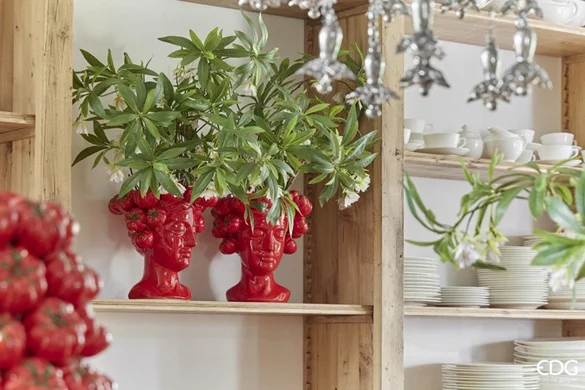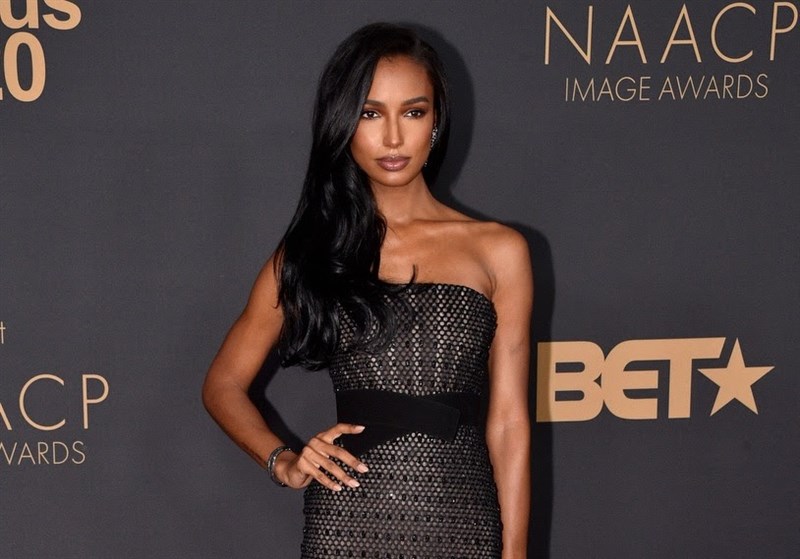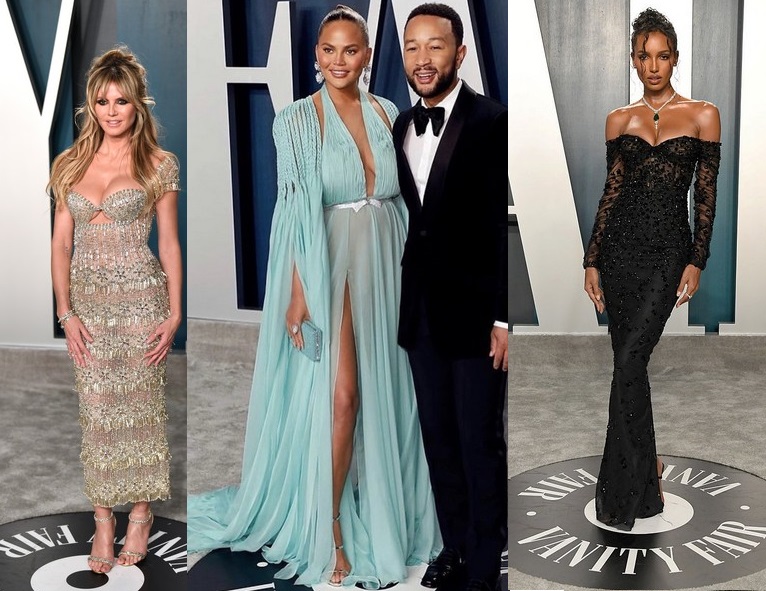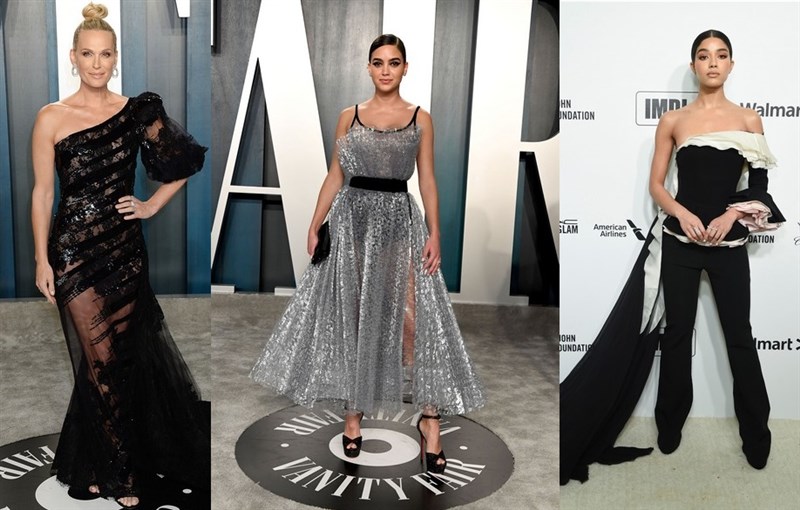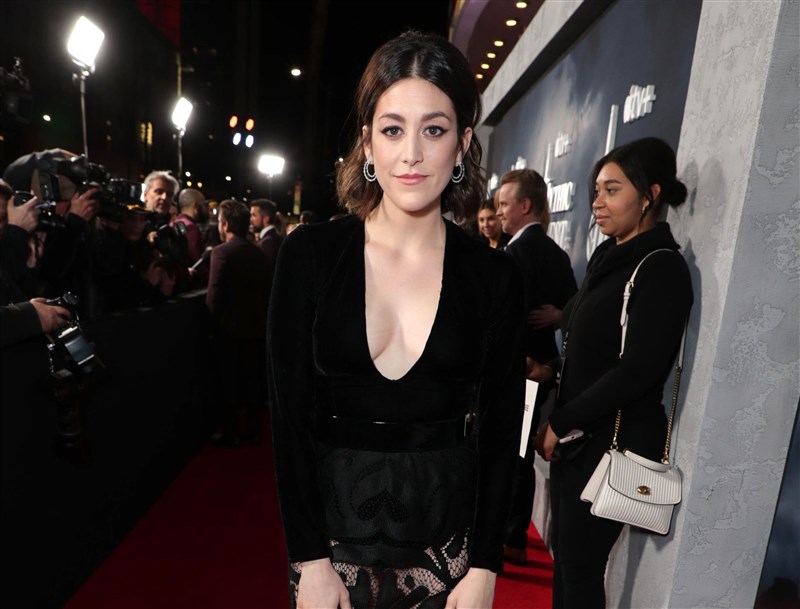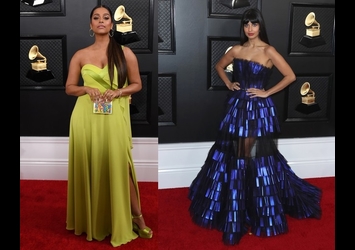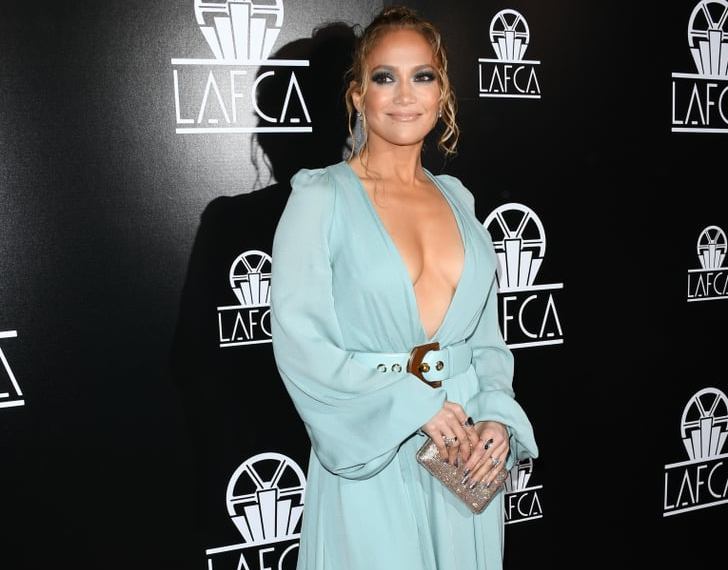Beiruting.com had the chance to interview Ms. Rue Kothari responsible for Dubai Downtown Design and Ms. Rawan Kashkoush, head of Programming Dubai Design Week – to know all the details related to his year’s edition.
Q1: Ms. Rawan, can you give us your overview on Dubai Design Week and its program this year?
Dubai Design Week constantly grows to reflect the local and regional design landscape, and recognizes its position within the region and its connection to the rest of the world to gather ideas and set benchmarks. The programme is made up of the major activations that gather international content, Downtown Design and it's newly devised annex, Downtown Editions, mark a place for a highly curated furniture and homeware brands from all over the world and is ideal for industry professionals, the Global Grad Show invites graduate design projects and their students from across the world, and together these shows facilitate access to all visitors of Dubai Design Week to gain access to design practice and changemaking ideas happening at any given moment, worldwide. In parallel, DXBDW harnesses talent from the Middle East, North Africa and South Asia in an annual commissioned exhibition Abwab to unveil culture and innovation from neighboring countries, talent is then drawn from across the country in an open call that generates over 200 activations across the city and at the main hub of the design week, Dubai Design District. The extraordinary energy of the various designers and industry experts that make their way to the city for the days means the ability to stage talks, workshops both idea-led and hands-on, through our official programme of talks & workshops, the Audi Innovation Talks, the Making Space, and in a scattering of studios and offices that open their doors for the same. DXBDW tasks itself with creating a recipe for career building in the creative economy, and through a thoughtful collection of programmes that cover the lifecycles of design, careers are being made in Dubai.
Q1: Ms. Rue, can you give us your overview on Downtown Design and its program this year?
Rue: This year the event has evolved again, both in size and scope. The success of the 2017 edition has prompted significant demand from new brands looking to harness the opportunities presented by the region's ongoing development. In the same waterfront location we will occupy a larger footprint, and host multiple new exhibitors and features, including an indoor garden, new pop-up café concepts, design installations both inside and out, a materials library designed to be a 'play' space for architects and interior designers, and a newly designed Forum in association with Haworth, to host our public programme.
Q2: What is different in the program this year?
Rawan: With a lot more attention being give to material investigation, we will see a strong physical presence of installations in d3. Abwab has returned to its original formula of commissioning interactive displays of ideas, however this time we recognize global urbanization and have selected cities instead of countries for each of the pavilions. The theme for Abwab this year is 'between the lines' an investigation of storytelling through design, considering the 'lines' can be those of territories, topography, paragraphs and hidden meaning, by selecting two designers from each city from different design disciplines, we're expecting the convergence of different points of view.
Rue: Every year we collaborate with a new award-winning architectural practice to masterplan the event. This year we're working with H + A who have designed our internal space based on the theme of Liveable Cities. Our focus is each is to deliver a strong, dynamic and enjoyable visitor experience. The design of our fair is key to creating atmosphere, to retaining our audience and creating the perfect environment for our participating brands to do business.
This year we will launch Downtown Editions, presenting limited edition design from around the world, with a focus on the region. This will include individual designers, up and coming studios, design galleries and design collectives. We will also have a strong design retail element, featuring handpicked design retailers to satisfy the demand for smaller design objects for buyers to take away from the fair. This will be curated as a separate distinct section.
Q3: Who are the designers participating this year? Are there any new designers?
Rawan: There are plenty of new designers that we seek to highlight through design competitions such as Urban Commissions' Khalid Al Tamimi, the Audi Innovation Award submissions will come to a close in September, giving the judges the opportunity to review the works of 10 regional designers, the winner will be showcased at Dubai Design Week, Abwab as a platform to highlight talent from across the Middle East, North Africa and South Asia, but the focus this year is the Middle East, meaning we will be discovered 10 designers, 2 from each city, that will be commissioned to collaborate, the architects of the pavilion are Architecture + Other Things, graduates of the UAE's very own AUS. The Global Grad Show is composed of entirely new designers annually. The Dubai Design Week open-call invites designers from across the country to submit their ideas, the deadline of which is June 30.
Rue: Last year the fair doubled in size. This year, we've grown again by 25%. So each year, we have a large roster of brands that are either new to the fair, or launching in the region and using Downtown Design as the platform to access the market. Our exhibitors are a mix of high end manufacturers and individual designers. New to the fair this year include: Cassina, Cappelini, Thonet, Artemide, Frato, Foscarini, Gandia Blasco, Jan Kath, Agrippa and Manfredi Style.
Q4: Are you seeing an increase in participation and showcasing in creative concept?
Rawan: There is a visible difference in the attitude towards design as a viable profession across the region, Dubai Design Week has helped to celebrate regional design heroes, so the more awareness we generate the more interest there is in becoming that hero yourself. Creativity breeds creativity, we're in our fourth year and each designer wants to top the last show.
Rue: We're seeing a huge increase in the both the number of participants, the creativity of their approach and the sheer ambition of their presentations. They invest hugely in establishing an engaging, interactive and original experience to draw attention. This is very much a market that they take seriously.
Q5: What is the one thing you expect to stand out in this year's addition?
Rawan: Considering we're working with such a variety of brands and designers to devise powerful installations on site, I believe the sculptural landscape at Dubai Design District will be a visual feast. I can foresee Downtown Editions as being a huge success.
Rue: Preciosa will bring a version of their Breath of Light installation that first showcased in Milan this year. It was easily the best installation I saw during the Milan Design Week, and I'm thrilled that our regional audience will get to experience this. It has to be seen to be believed.
Q6: What is this year theme and latest trends in Design?
Rawan: Material investigation, we're in a world that is finally recognizing the impact of its industrious age, and finding innovative uses for materials is a global trend that we will see at Dubai Design Week.
Rue: The buzz topics in design and architecture will form the backbone of our talks programme this year. The development of the region; including Saudi Arabia and India exposes fast growing communities and the opportunity that presents. Liveable Cities, drawing from our overall theme for the fair, broadly addresses how to build healthy, happy communities with strong urban planning, innovation and technology. Material Innovation is a key topic, backed by our new Materials Library. Architects and Interior Designers are all looking to discover and work with the latest, most sustainable materials, and keeping up with this development is something we're keen to support. Finally, Creative Collaboration - to expose the benefits of working better together. From individual regional designers bringing their creative ideas to manufacturers with the skill to produce them, right the way through to architects and interior designers combining their skills to provide aesthetically powerful and cost effective solutions to their clients.






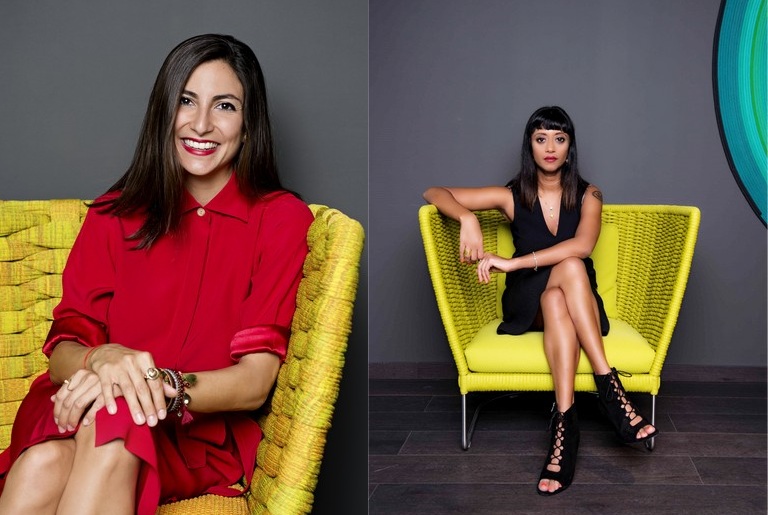


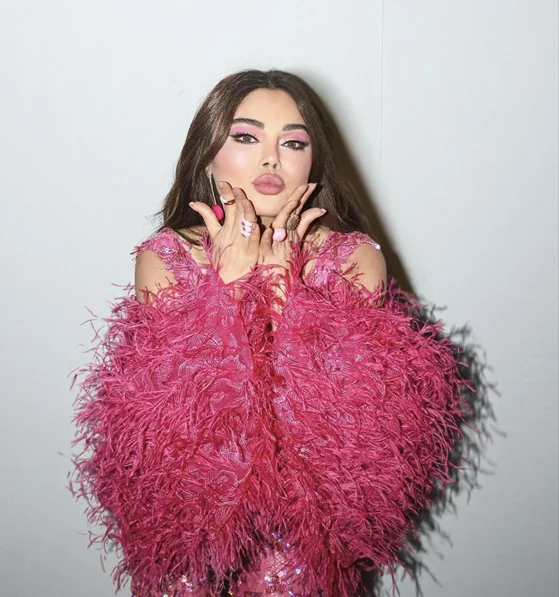
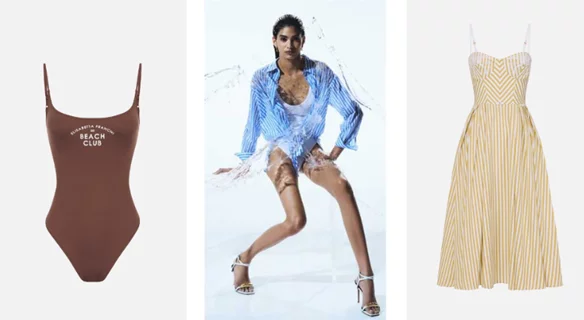
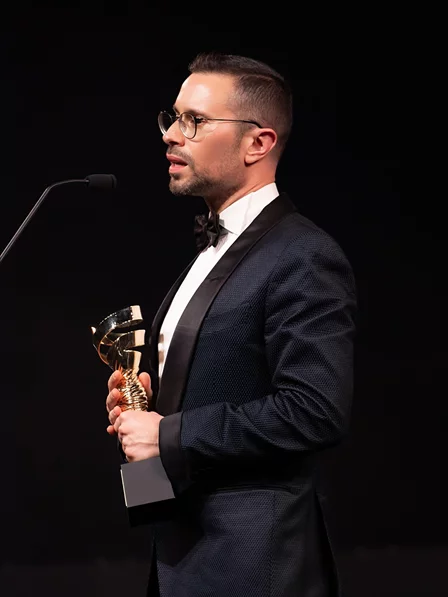
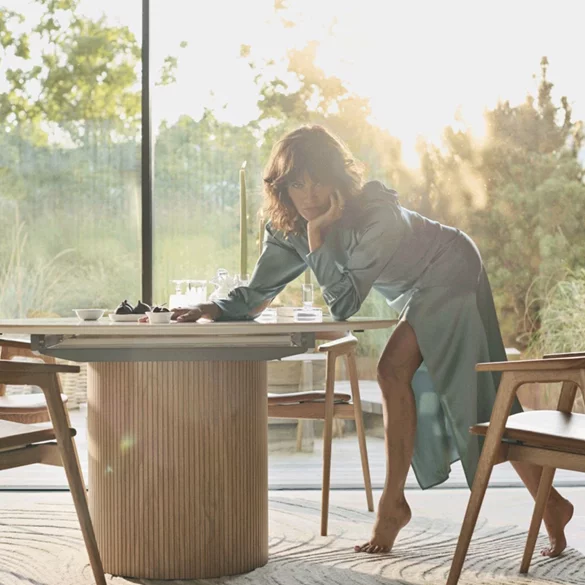
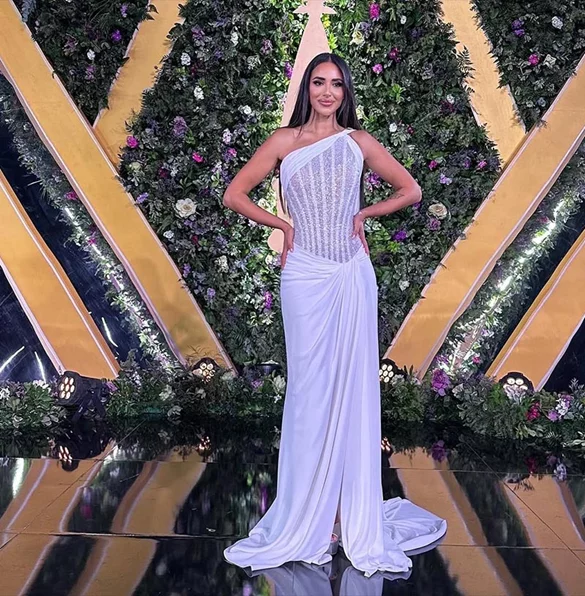
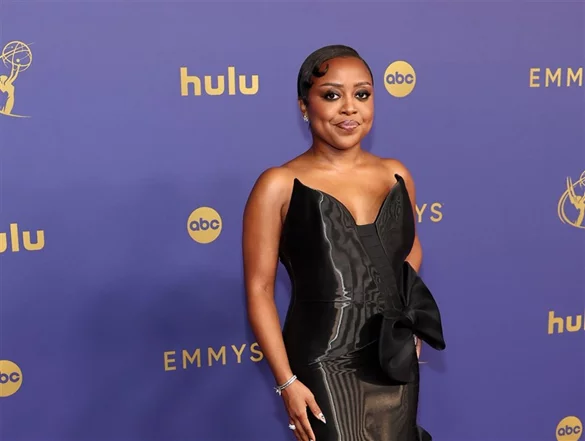
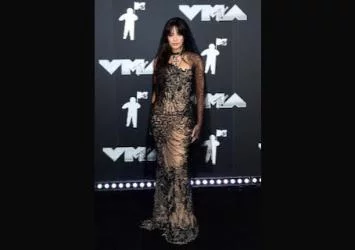
240606094800093~.webp)
